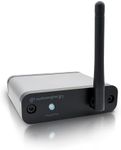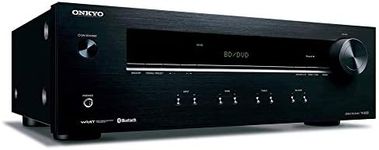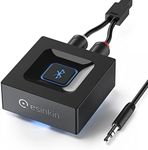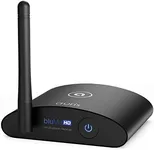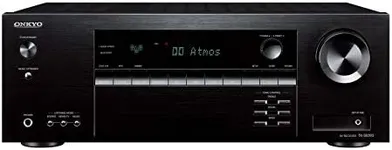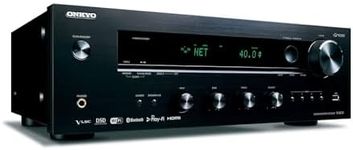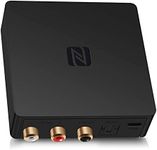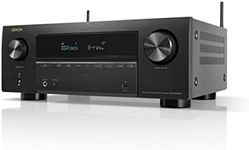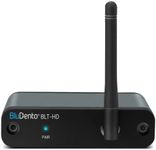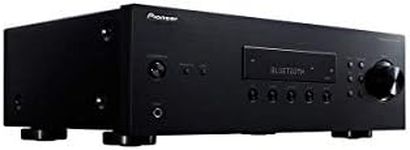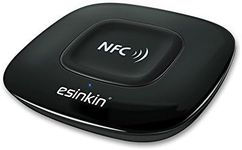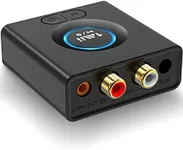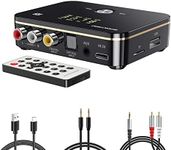Buying Guide for the Best Bluetooth Receivers
Choosing the right Bluetooth receiver can significantly enhance your audio experience, whether you're looking to upgrade your home stereo system, car audio, or portable speakers. The key is to understand the specifications that matter most and how they align with your specific needs. Here are the essential specs to consider when selecting a Bluetooth receiver.Bluetooth VersionThe Bluetooth version indicates the technology level of the receiver. Higher versions, like Bluetooth 5.0, offer better range, faster data transfer, and improved connectivity compared to older versions like Bluetooth 4.0. If you need a receiver for high-quality audio streaming or for use in larger spaces, opt for a higher Bluetooth version. For basic use, such as connecting to a car stereo, a lower version may suffice.
Audio Codec SupportAudio codecs determine the quality of sound transmitted over Bluetooth. Common codecs include SBC, AAC, aptX, and LDAC. SBC is the standard codec and offers decent quality, while AAC is better for Apple devices. AptX and LDAC provide higher fidelity audio, making them ideal for audiophiles or those using high-end audio equipment. Choose a receiver that supports the codec best suited to your audio quality needs and device compatibility.
RangeThe range of a Bluetooth receiver refers to the maximum distance it can maintain a connection with your device. Standard ranges are typically around 10 meters (33 feet), but some receivers offer extended ranges up to 30 meters (100 feet) or more. If you plan to use the receiver in a large room or outdoor setting, a longer range is beneficial. For smaller spaces or close proximity use, a standard range will be sufficient.
Battery LifeBattery life is crucial for portable Bluetooth receivers. It indicates how long the receiver can operate on a single charge. Battery life can vary from a few hours to over 20 hours. If you need a receiver for long trips or extended use without frequent recharging, look for one with a longer battery life. For occasional use or if you can easily recharge it, shorter battery life may be acceptable.
Connectivity OptionsConnectivity options refer to the types of connections the receiver supports, such as 3.5mm aux, RCA, optical, or USB. More connectivity options provide greater flexibility in connecting to various audio systems. If you have multiple devices or different types of audio equipment, choose a receiver with versatile connectivity options. For single-purpose use, like connecting to a car stereo, fewer options may be needed.
Multipoint PairingMultipoint pairing allows a Bluetooth receiver to connect to multiple devices simultaneously. This feature is useful if you want to switch between devices without disconnecting and reconnecting each time. If you frequently use multiple devices, such as a phone and tablet, look for a receiver with multipoint pairing. If you only use one device at a time, this feature may not be necessary.
LatencyLatency refers to the delay between the audio signal being sent and received. Low latency is important for activities like watching videos or gaming, where audio synchronization is crucial. Receivers with aptX Low Latency or similar technologies offer minimal delay. If you need a receiver for video or gaming, prioritize low latency. For music listening, standard latency may be acceptable.
